I found the following image on electronics-tutorials.ws:

Isn't this wrong? Shouldn't the voltage rise faster during the first 2T than that it decreases during the next half period? I think so because the voltage difference at t=0 is Vc, which is higher than the voltage difference at t=2T. Shouldn't the triangle wave ultimately go halfway Vc(max), with difference distributed evenly below and above the curve?
(I hope I make myself clear.)

